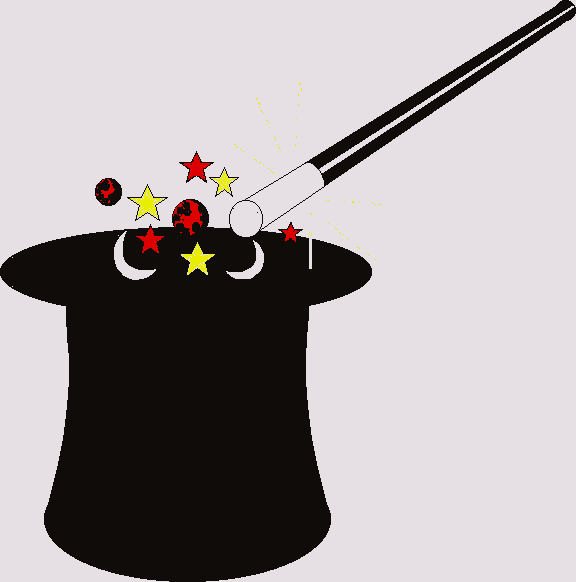Research Center
Webmaster: Anees Udyawar If you do copy some of my articles or pictures please email me and tell me where they have been placed. |
they come after the engineer
whoever allowed that plane to take off. Some of the occupations under the broad Aerospace career are:
Work Conditions: Aerospace engineers can work both inside and outside of the company or industry. Some work at desks in well-lit, air-conditioned surroundings; however the majority of the engineers work inside at constructing plans on drawing boards for aircraft parts or components. These engineers may also work within factory floors if they are manufacturing particular equipment on a certain aircraft (Hopke 51). Mr. Sayani said he usually works inside only if he has to research and look up certain information regarding the certain airplane he is working with at that moment. He does this mainly to verify accounts of what may go wrong if he installed or removed a specific component of an engine of an F-15, F-16 aircraft. One could also work in research laboratories looking and discovering how certain structures reacts with different stress conditions or under extreme pressure (American College 1). Depending upon the kind of engineer one is, he/she may work outside on airfields or remote test sites. There engineers can test out the aircraft’s parts and structures dealing with previous airplane crashes, or investigate internal exploitation of those components (Hopke 5). Some work in noisy manufacturing plants and airfields to help other engineers analyze their results and find the defect that is influencing that distinct equipment. Mr. Sayani stated that he usually went aboard planes to test and observe various parts and dials of the cockpit, scrutinizing at every gauge and clearly recording down his findings. Then he would come inside, compare his observations with the history of that particular aircraft, and so in turn find the defect or problem he is dealing with. One has to be very patient while collaborating with another engineer or pilot, he/she must pay close attention to every single detail of their work. Considering if that engineer lets a plane take off with a flaw, and if that plane crashes then the FAA will come after that engineer asking him or her questions after questions about how come that plane was allowed to leave with such and such a fault. One in that situation could lose their job and even get sued by the passengers ("Job requiring training" 77). Working conditions could also depend on the type of project one is doing, he/she could move around finishing up a project in structural integrity of a plane or they maybe inspecting how the atmosphere inside a plane would affect the tranquility of the passengers. All of these engineers may need to have experiences in other fields such as mechanical, chemical, or electrical fields, so they can work closely with other specialists and engineers to solve dubious problems. Many aerospace engineers work for different aircraft industries and agencies. One could be working for an industry who makes specific aircraft and submarine engines, while another would be making communicational systems and electronic devices for space vehicles ("Job requiring training" 75).
[Career Report 1 2 3 4 | Outline | Interview | Narrative | Bibliography ]
|
